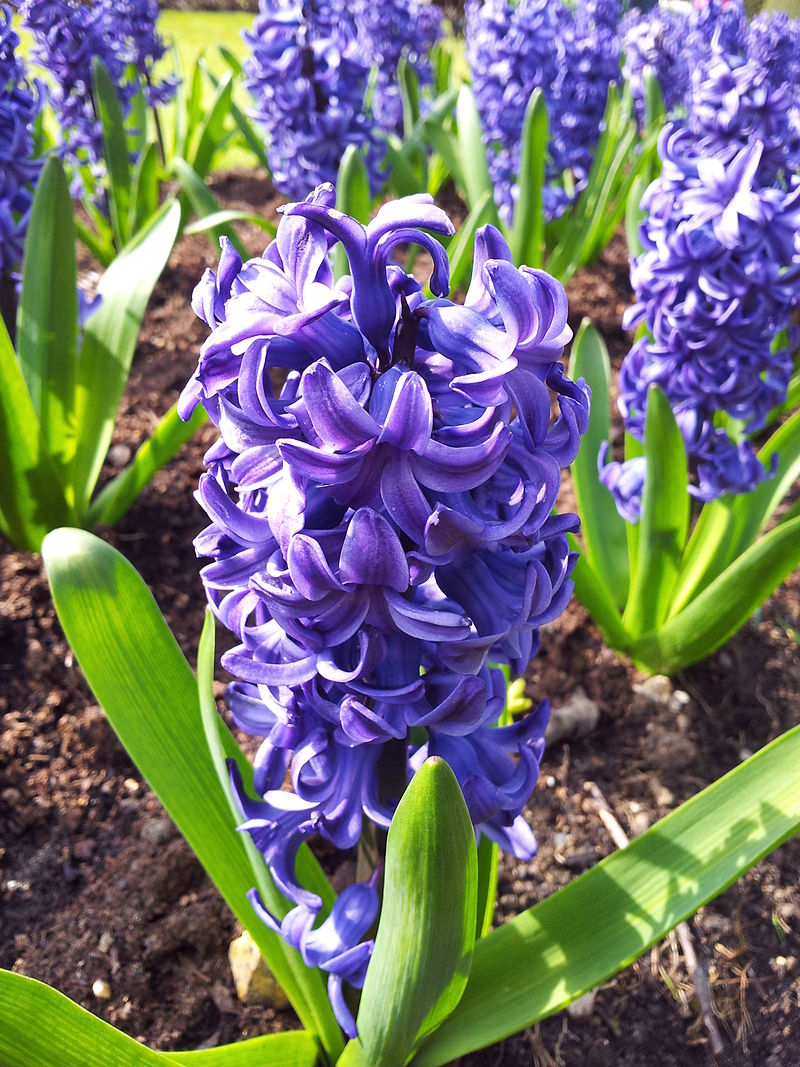
Koi Pond Gardening: How to Plant Aquatic Plants in a Koi Pond
Koi Pond Gardening: How to Plant Aquatic Plants in a Koi Pond
A koi pond is a beautiful addition to any garden. It is not only a relaxing feature, but it can also be a habitat for aquatic plants and fish, like koi. Planting aquatic plants in a koi pond not only adds to the aesthetic beauty of the pond, but it also provides a habitat for koi. However, it is important to note that planting aquatic plants in a koi pond is not the same as planting them in a regular garden. Here’s how you can plant aquatic plants in a koi pond:
Step 1: Choose the Right Aquatic Plants
One of the most important things to consider before planting anything in your koi pond is to choose the right aquatic plants. Choosing the ideal plants that are suitable for the pond will save you time, effort, and will ensure the success of your planting project. Some of the best aquatic plants for koi ponds include:
- Water lilies
- Lotuses
- Water hyacinths
- Cattails
- Dwarf papyrus
- Mosaic plant
Step 2: Prepare the Plants
Once you have chosen your ideal aquatic plants, you need to prepare them before planting. Remove any dead plants or brown leaves from your plants. Rinse the plants thoroughly and remove any dirt or debris that might be attached to the roots. It is also important to trim any overgrown roots or leaves.

Step 3: Position the Plants
Before you start digging, it is important to plan where you want to position your plants. Take careful consideration of the mature size of each plant and the location where it will receive the appropriate amount of sunlight and shade. Once you’ve established the ideal spots for your aquatic plants, make an outline or mark the spots using a string. This will give you a clear idea of where to dig.

Step 4: Dig a Hole
Once you have the positions marked, it’s time to dig the holes in the pond. It’s important to dig the holes according to the size of each aquatic plant’s root system and to ensure that the plant will sit at the proper level. A good rule of thumb is to make the hole twice as wide as the pot and the same depth as the pot. It is also necessary to fill the hole with water before planting the aquatic plant.

Step 5: Plant the Aquatic Plants
Next, it’s time to plant the aquatic plants. Place the plant gently in the hole and cover it with soil. Make sure you don’t pack the soil too tightly, as this will restrict the growth of the plant and will prevent it from spreading its roots. Finally, cover the soil around the plant with larger rocks or pebbles to anchor the plant in place, preventing it from being dislodged by the koi’s movements.

Step 6: Maintain the Aquatic Plants
After planting your aquatic plants, it’s essential to maintain them. Regularly monitor and remove any dead or dying leaves or stems, which can create unwanted nitrogen in the water. Moreover, you should also fertilize the plants during the growing season and mulch the soil above the root zone to retain moisture and prevent weed growth. Make sure you follow the instructions in using fertilizers and other plant care products to avoid over-fertilizing your plants. Doing so can lead to overgrowth and algae blooms.
Conclusion
In conclusion, planting aquatic plants in a koi pond is a great way to enhance the beauty of the water garden and provide a habitat for koi. Remember always to choose the right plants, prepare them well, position them properly, dig the hole to the right size, plant them gently, and maintain them regularly. Doing so will not only give your pond a natural look but will also provide a healthy environment for your koi fish.